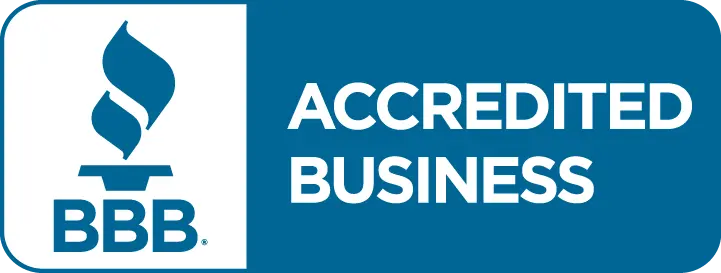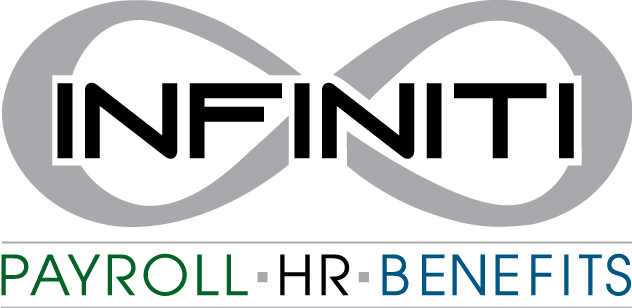Blog
Our blog offers important resources, helpful articles, and practical ideas on the human resources topics that matter to you.
Our blog offers important resources, helpful articles, and practical ideas on the human resources topics that matter to you.
Home / Media / Blog / Job Descriptions: Five Key Elements
Many organizations regardless of the size should have well written job descriptions for every position within the company. The benefits include making good hiring decisions, building in employee accountability and minimizing risk. They are a tool worth the time it takes to create them and keep them current.
Employers need to acknowledge the importance of creating job descriptions before the hiring process begins. Detailed job descriptions are essential to identifying employee qualifications needed before they walk in the door for the first day of work. How can you know what skills need hired without first defining it?
Job descriptions are also effective at minimizing employment related risks, particularly those related to wage and hour (failure to pay overtime) and claims of wrongful termination.
As a general rule there are five key elements of a job description that need to be considered when creating the document.
How do job descriptions minimize risk? Is someone questioning Exempt status of a role? Pull out the description and show how the role qualifies by what is documented. Not able to honor a reasonable accommodation request? The physical requirements should tell you why.
Job descriptions are also a tool for managers, particularly those new to leading, to measure what has been accomplished and reflect on what needs improvement ahead of the annual review. When employees fall short on what the job description requires, put some thought into if making a good hiring decisions was hindered by job description inaccuracies. You can save the money and trouble of hiring again, but first getting that job description more reflective of the role.
What’s the easiest way to keep job descriptions current? Ask employees you are about to review to mark up what does and does not apply, and provide written feedback on updates to consider. Marry the updates into a collaborative Annual Review session. Then turn to your HR consultant or internal HR department to update, finalize, and circle the description back out for view and use.
Click the link to view our recent blog: Offers of Employment – Close the Deal or check back for more on human resources, payroll, insurance and benefits.
Join the INFINITI HR family! Subscribe to our newsletter and get the latest HR news and tips.
INFINITI HR helps companies reduce costs by managing human resource functions while allowing businesses to focus on their core operations that impact profitability. Our platform provides full regulatory compliance management, on-demand HR guidance, real-time payroll /tax filing, POS integration and access into industry leading True-Group master policies for workers’ compensation, employment practices liability insurance, and other operational business coverages.
Toll free: 866-552-6360






